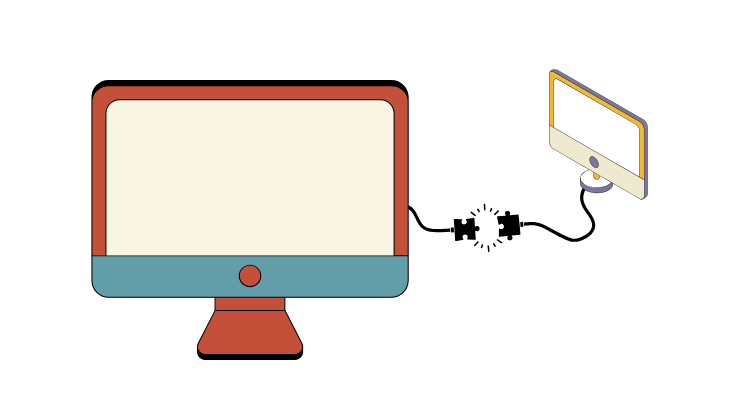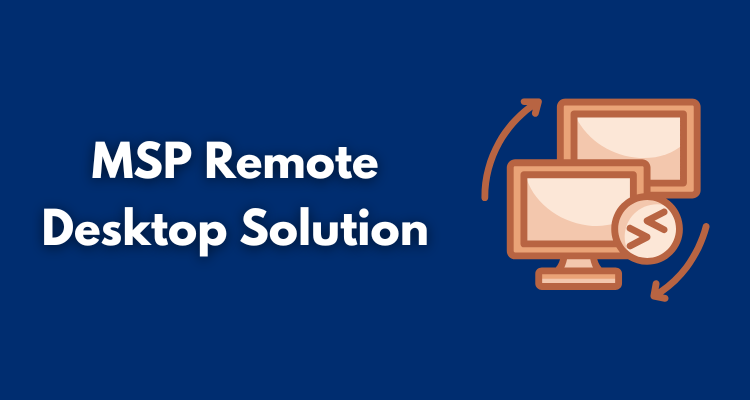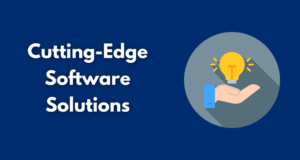When I first began covering managed service providers, remote desktop tools were more of a luxury than a necessity. Technicians often relied on phone support or on-site visits, and remote access was treated as a convenience.
That has changed completely. Today, MSP remote desktop software is the backbone of managed services. It’s how providers deliver fast support, keep clients online, and scale their businesses without adding headcount. In a market where downtime is costly and margins are thin, the right MSP remote access software can make or break efficiency.
Table of Contents
ToggleEvolving Needs of MSPs in Remote Desktop Support

Modern MSPs face pressures their predecessors didn’t. Growth is faster, client environments are more varied, and compliance requirements are stricter. Tools that worked a decade ago often feel out of step with today’s demands.
Scaling is a major factor. Providers who start with a small client base often expand to hundreds or thousands of endpoints across multiple industries. MSP remote desktop tools must grow with them, not become a bottleneck.
Security is equally critical. Unlike in-house IT teams, MSPs carry the burden of protecting sensitive data across many organizations. Encryption, authentication, and audit logs aren’t optional, they’re contractual obligations.
Ease of deployment also matters. Clients may have limited technical skill, and every extra step slows down service. If it takes minutes just to get into a session, that time is lost productivity.
The cost can’t be ignored. MSPs run on recurring revenue and slim margins. Paying for bloated remote access platforms that deliver little day-to-day value undermines profitability.
HelpWire: Modern MSP Remote Desktop Solution

This is where HelpWire enters the picture. It was designed with MSPs in mind, focusing on fast, secure, and simple connections.
Instead of relying on session IDs or passwords, HelpWire creates a unique app for each session. The client just launches it, and they’re connected. For MSPs, that means less time walking clients through setup and more time solving problems.
Once connected, technicians can manage multiple devices, move between monitors, and transfer files securely with drag-and-drop or copy-paste. The platform supports Windows, macOS, and Linux, giving MSPs flexibility across diverse environments. Sessions are encrypted by default, so security is built in rather than bolted on.
Users often highlight its ease of use, stability, and quick reconnections. For MSPs managing dozens of clients in a single day, those qualities translate into real operational gains. HelpWire doesn’t try to replace an RMM or be everything at once. Instead, it focuses on the essentials of MSP remote desktop and executes them well.
Real-World MSP Use Cases for Remote Access
The value of a tool like HelpWire becomes clear in everyday MSP scenarios.
A client’s accounting software freezes during a busy afternoon. Instead of wasting time on phone instructions, a technician connects via HelpWire, diagnoses the issue, and restores service in minutes.
Two technicians working remotely need to fix a complex server misconfiguration. With shared remote access, they collaborate on the same system and resolve it together without delay.
Or consider a more urgent case. A file server goes down, threatening an entire office’s productivity. With instant, secure MSP remote access software, the provider restores service quickly, turning what could have been hours of downtime into a brief interruption.
Challenges With Current MSP Remote Desktop Software
Most MSPs I speak with have tried the familiar solutions: TeamViewer, AnyDesk, RemotePC. Each one has strengths, but common frustrations surface in the MSP context.
TeamViewer offers deep features but is costly, and its licensing can feel restrictive. AnyDesk is fast, but some MSPs question its enterprise readiness. RemotePC is affordable, but adoption sometimes stalls with clients who find it less intuitive.
Security and compliance are recurring sticking points. Ad-hoc connections without strong authentication create risk. Session logging and reporting often fall short of MSP requirements. The result is that many providers juggle multiple MSP remote access tools, none of which fully fit their workflow.
What Matters in MSP Remote Access Software
MSPs have unique requirements compared to internal IT teams or individual consultants. The right MSP remote desktop solution has to support a business built on efficiency, repeatability, and trust.
- Cross-platform reliability is essential. MSPs support Windows, macOS, and Linux environments, and a tool that stumbles outside of Windows quickly becomes a liability.
- Multi-session and multi-monitor handling are everyday needs. Technicians rarely work on one endpoint at a time, and without smooth navigation productivity takes a hit.
- Secure file transfer and chat save time and reduce risk. MSPs constantly move scripts, patches, and diagnostic tools. Keeping these actions inside the remote access platform is far safer than relying on email or third parties.
- Compliance-ready security is non-negotiable. End-to-end encryption, access controls, and auditable logs are must-haves for providers in regulated industries.
- Frictionless onboarding ensures client trust. MSPs don’t have time to guide users through clunky installs or account creation. Sessions need to start instantly.
- Scalable pricing should match the MSP model. Providers grow quickly, and software that punishes growth with restrictive licenses isn’t sustainable.
When viewed through this lens, the difference between consumer-grade tools and MSP-ready remote desktop software becomes clear.
Conclusion
Having covered remote desktop technology for more than a decade, I’ve seen it shift from niche convenience to core infrastructure. In the early 2000s, it saved a technician a trip. In the 2010s, platforms like TeamViewer and LogMeIn made it mainstream, though licensing and feature creep frustrated MSPs.
The pandemic accelerated adoption further. Remote access became non-negotiable, and providers quickly discovered the limits of older tools. MSPs today demand solutions that deploy instantly, meet compliance expectations, and fit their recurring revenue models.
HelpWire reflects that new reality. Rather than trying to be a full IT suite, it focuses on what MSPs actually need: simple, secure, reliable remote desktop software for MSPs that scales without adding friction.









